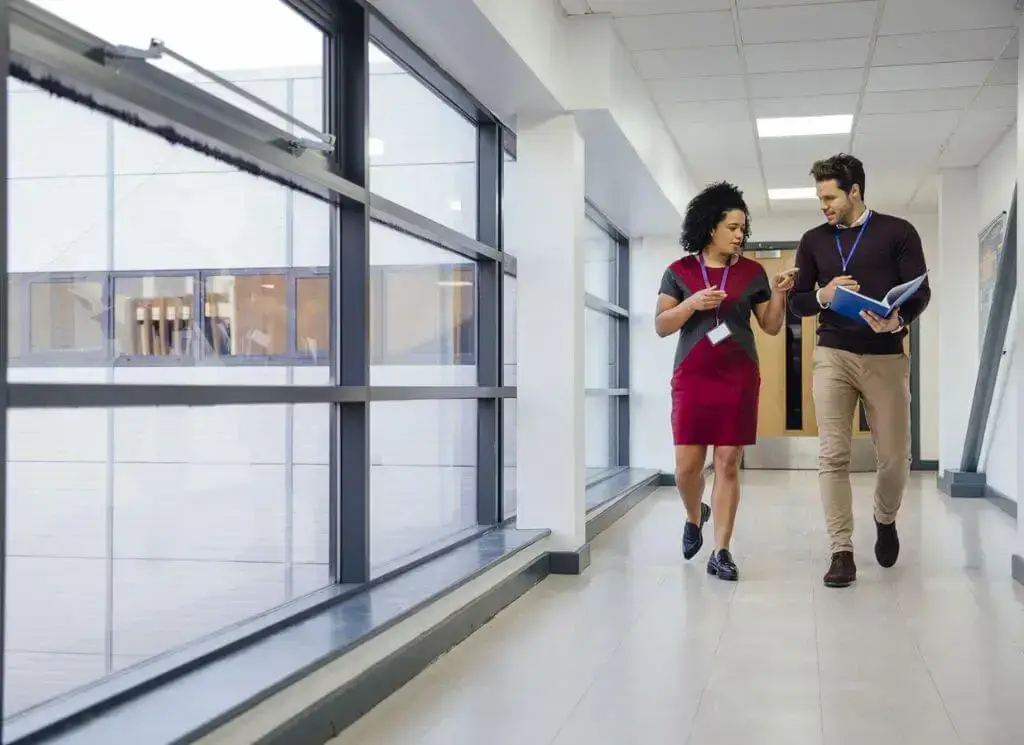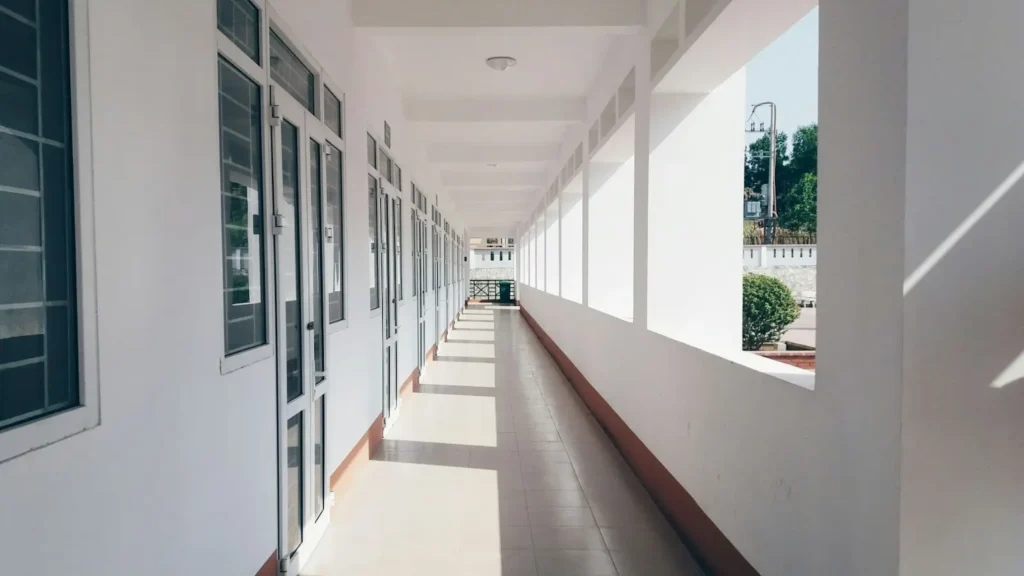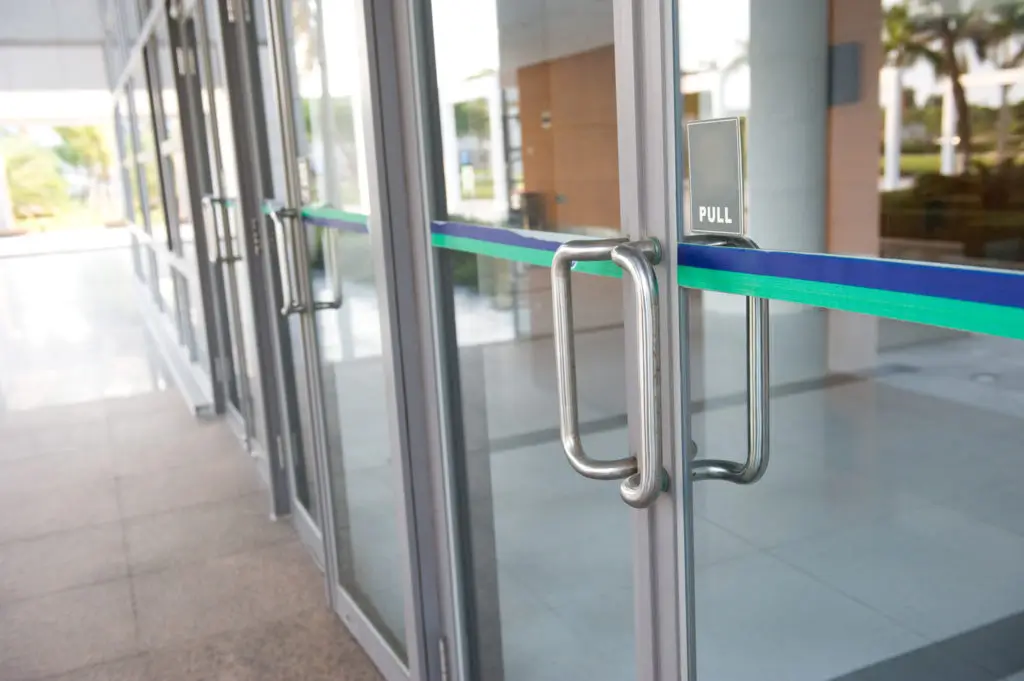Written By: Brad Campbell | April 20, 2025
There have been 222 school shootings across the U.S. since 2018, and the sad truth is that these tragic incidents are going to keep happening — active threat scenarios are a huge security concern that no school, no matter how safe it may feel, can ignore.
This is why it’s so important for schools to implement security measures and best practices to prevent active threat scenarios and mitigate the risk of harm to students and faculty.
In the security industry, threat assessments are usually the first step required before taking action to implement new security technologies and practices.
The Department of Education recommends a systematic approach to threat assessment in schools, emphasizing its importance in the creation of safe school climates to prevent potential incidents.
Threat assessment in schools is a structured process designed to identify, evaluate, and manage potential risks posed by individuals or situations that may threaten the safety of students, staff, or the broader school community.
The goal of a school threat assessment is not only to mitigate immediate risks, but also to create a proactive strategy for preventing incidents before they occur. By analyzing perceived and actual threats, schools can develop targeted interventions and establish long-term solutions to address vulnerabilities.

The process of threat assessment in schools highlights systemic vulnerabilities, such as gaps in physical security or inadequacies in emergency protocols. Recommendations from these assessments often include enhancements to physical security, such as improved access control systems or reinforced glazing, alongside updates to behavioral policies and staff training programs.
When conducted effectively, threat assessments can significantly reduce risks and foster a safe, supportive environment where students and staff feel protected.
Schools face many of the same threats as other types of commercial facilities, including vandalism, forced entry, and burglary, which are all things that threat assessment in schools takes into account.
However, when we talk about major school safety and security threats, the one at the top of the list is an active threat scenario.
An active threat scenario is any type of violent attack taking place on or near school property that could potentially cause physical harm to students and staff.
This could be either an act of targeted violence aimed directly at the school, either from a member of the school’s community or an unknown individual, or a violent incident taking place in another nearby location that causes the school to go into lockdown.
While there are risk factors that can make school violence more or less likely at certain schools, an active threat scenario can happen anywhere, anytime.
Because of this, school threat assessments always look for vulnerabilities that attackers could exploit and recommend ways to shore up these weak spots to protect the lives of school occupants.

Here’s a summary of the potential risks that security threat assessments in schools consider:
Threat assessments in schools typically provide recommendations about best practices to implement, as well as about physical security upgrades to make.
For example, best practices a school threat assessment might recommend could include developing new school lockdown procedures, creating an anonymous tip reporting system, training students and staff on recognizing and addressing threatening behaviors, and increasing monitoring of entryways and common areas.
Some examples of physical security upgrades that a school threat assessment might recommend are:
The goal of any security threat assessment is to provide a comprehensive safety and security plan that addresses all of the possible threats to a property and its occupants, thus greatly reducing the risks of property damage, loss of property, and physical harm.
Unfortunately, there’s no magic formula for stopping active threat scenarios from happening in schools, and there’s no way to know for sure who might try to cause harm to students and staff at any given time.
However, with the right combination of school security best practices and physical security measures in place, it’s possible to drastically decrease the likelihood of teachers or students getting hurt or losing their lives during an incident of targeted violence.
This is why threat assessment in schools is so important. Even though all schools are required to have school safety plans and different lockdown and emergency procedures in place, there’s no substitute for a professional security assessment conducted by an expert.
The professionals who provide threat assessments for schools have looked at numerous case studies from schools and other types of commercial facilities across the country and are familiar with all the different ways active threats can unfold. This allows them to see security vulnerabilities that others might not.
Additionally, these security experts are familiar with all the most modern security technology and best practices and are well-informed about what works best to address specific threats.
By addressing vulnerabilities and implementing the recommendations provided by threat assessments, schools can move beyond reactive safety measures and take a proactive, multi-layered approach to security.
This includes identifying patterns of concerning behavior, training staff to recognize early warning signs, and reinforcing the physical infrastructure of school buildings to withstand potential threats.
These steps not only protect against targeted violence but also contribute to a more secure and supportive learning environment.
Ultimately, the combination of expert insight, strategic planning, and modern security solutions allows schools to drastically reduce their exposure to potential harm and provide students and teachers with a safe space to focus on education.
All schools should create an internal team that’s responsible for coordinating threat assessments, collaborating with outside parties as needed, and implementing the given recommendations.
This team will do things like write up new school safety plans and propose physical security upgrades for budget approval.
Of course, it’s also important to work with the right third-party suppliers when making physical security upgrades.
Riot Glass manufactures, supplies, and installs a full range of retrofittable security glazing products that schools can use to provide unmatched physical security, protecting their students, staff, and property from active threats and other security risks. We also offer threat assessments to help you implement the right security glazing solutions for school windows and doors.
Riot Glass security glazing products use specific formulations of polycarbonates, acrylics, and other plastics, resulting in an extremely durable glass-like product that outperforms and outmatches all other similar security glazing on the market.
We offer both forced entry-resistant and ballistic-grade security glazing for schools. Depending on the specific composition of the glazing, it can be retrofitted on top of (over-glazed), behind (back-glazed), or in place of almost any existing glass surface.
This makes Riot Glass ideal for schools with many glass windows and doors in classrooms and other areas of their facilities, where removing and replacing all vulnerable doors and windows would be prohibitively time-consuming, disruptive, and expensive.

A Riot Glass retrofit is a much more cost-effective school security solution, providing virtually unbreakable access denial without significantly altering the appearance or functionality of the school’s windows and doors.
In short, Riot Glass fortifies schools without making them look or feel fortified, allowing students and teachers to continue enjoying the benefits of a positive learning environment while knowing they’re protected from active threats.
Contact us today for a free consultation or to schedule a school threat assessment.

HOW CAN WE HELP YOU?
